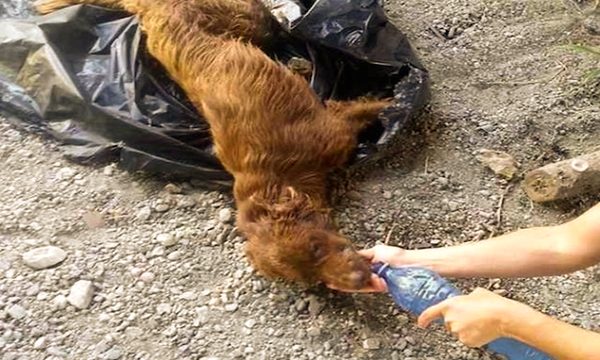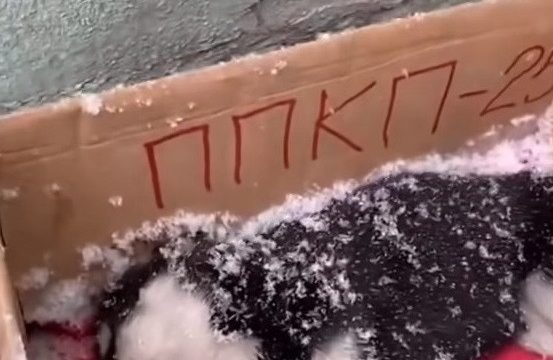The other day, I was driving out to pick up groceries—not in a huge rush, but definitely not out for a Sunday cruise—when I rolled over a couple of those black rubber tubes stretched across the road. You know the ones. They lie there like lazy snakes across both lanes, and as your tires thump-thump over them, you barely give them a second glance. No warning signs, no flashing lights, just… there. Honestly, I’d seen them a million times around town but never thought twice about what they actually do. That is, until my sister—who notices literally everything—asked, “What are those even for?”

Cue the blank stare. I’ve had my driver’s license for over a decade, and still, I had no answer. I mumbled something about “maybe pressure sensors?” but really, I had no clue. Later that night, still holding a spoonful of yogurt I’d forgotten I was eating, I pulled out my phone and Googled it. And let me tell you—the answer was way cooler than I expected.
Those black rubber cables? They’re called pneumatic tubes, and their purpose is to count cars. Yup, that’s right. Each time a vehicle drives over one, it pushes a burst of air through the tube, which travels to a sensor on the end. That little puff of air acts like a tiny signal saying, “Hey! A car just went by!” Click. One car recorded.
Now, if there’s only a single tube stretched across the road, it’s probably just counting how many vehicles pass by within a certain time. But when you see two tubes, spaced a few feet apart? That’s when things get really smart. With two tubes, the system can track not just how many cars are passing, but how fast they’re going, what direction they’re heading, and even what kind of vehicle it is—whether it’s a motorcycle, a sedan, or a big delivery truck.
So, what happens to all that data? It’s not just floating around in cyberspace. Real people—city planners, engineers, traffic analysts—use that information to make decisions that directly impact your everyday drive. They analyze patterns to figure out where to place traffic lights, stop signs, turn lanes, or whether a certain intersection needs reworking. I once asked a city worker how they decide where to add stop signs, and he told me, “It’s based on traffic volume and speed data over time.” At the time, I nodded along like I got it. Now I know—they’re talking about data from those very same tubes.
Honestly, I think these tubes deserve more credit. They’re like the silent heroes of city planning. They don’t beep or flash or ask for your attention—they just sit there, doing their job quietly. And they help with more than just traffic lights. If speeding is a known problem in an area, the data can show whether it’s time for speed bumps or those flashing radar signs that show your speed and make you slam on the brakes even if you’re only a couple miles over.
And it goes beyond cars. This data helps with public transportation too. Let’s say a city notices a certain bus route is constantly delayed during rush hour. These tubes can help pinpoint whether the delay is due to traffic congestion, a poorly timed stoplight, or just a badly planned schedule. That way, officials can make smarter decisions—like adjusting bus frequency, rerouting, or changing departure times.
Believe it or not, snowplow routes are influenced by this data too. Roads that don’t get a lot of traffic might get pushed lower on the priority list when there’s a winter storm. Ever wonder why some streets are always cleared last after snowfall? Those traffic tubes may have something to do with it.
What really blows my mind is how subtle the whole system is. These things are collecting real-time data, shaping the way we move through the city, and yet most of us never notice them. It’s like the road is keeping a secret diary of every vehicle that drives by. And while it may sometimes feel like traffic engineers are just making wild guesses, now I know they’re not—they’re actually working off cold, hard facts.
Since learning what these cables do, I see them all the time. Near schools. Busy intersections. Outside malls. And here’s the thing—they don’t stay long. A few days, maybe a week. But they always seem to appear right before something changes. A new stop sign. A speed bump. An added turn lane. It’s like they show up to take the pulse of the street before the city makes a move.
So now, whenever I see those humble black tubes stretched across the asphalt, I don’t just ignore them. I see them for what they are—little data-collecting workhorses, quietly shaping the way we get from A to B. And in case you’re wondering—no, they’re not recording your license plate. Probably.





